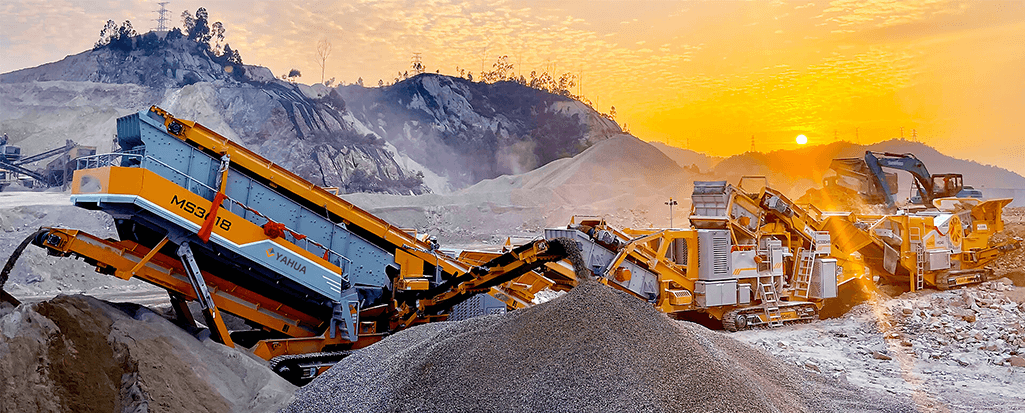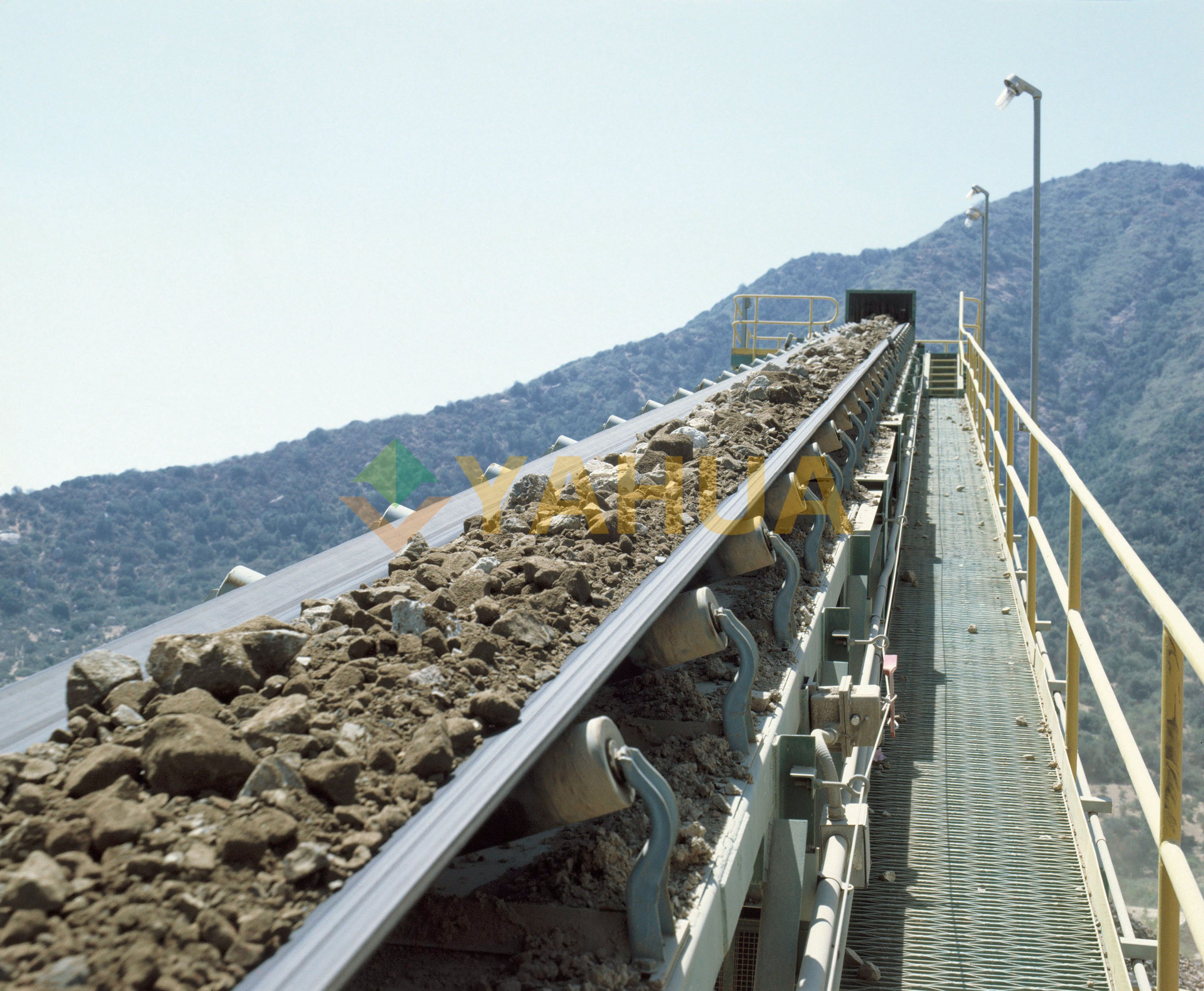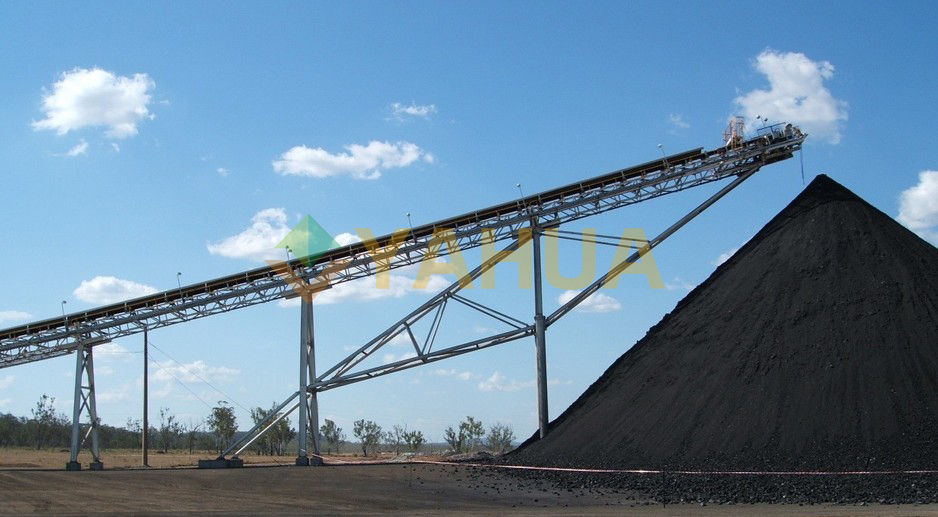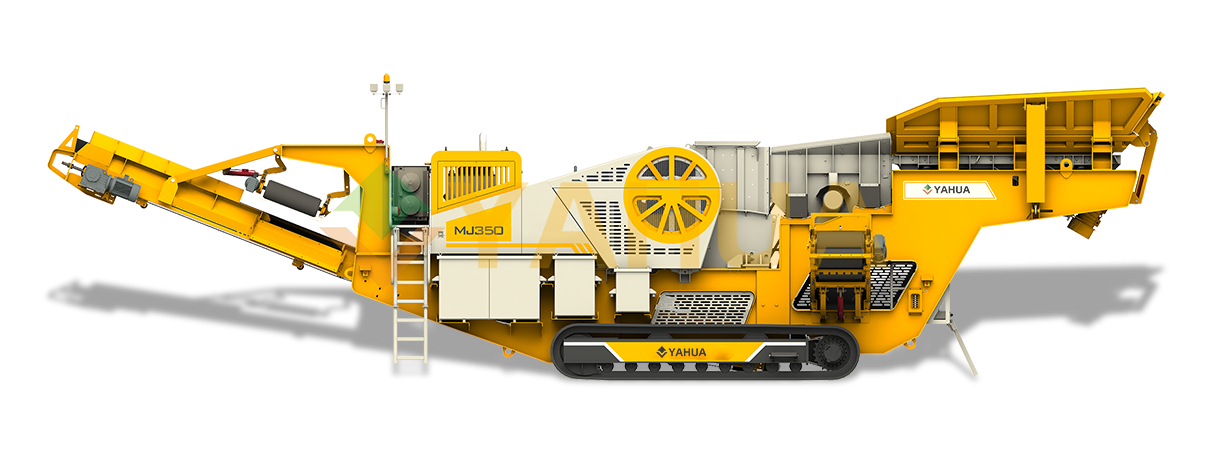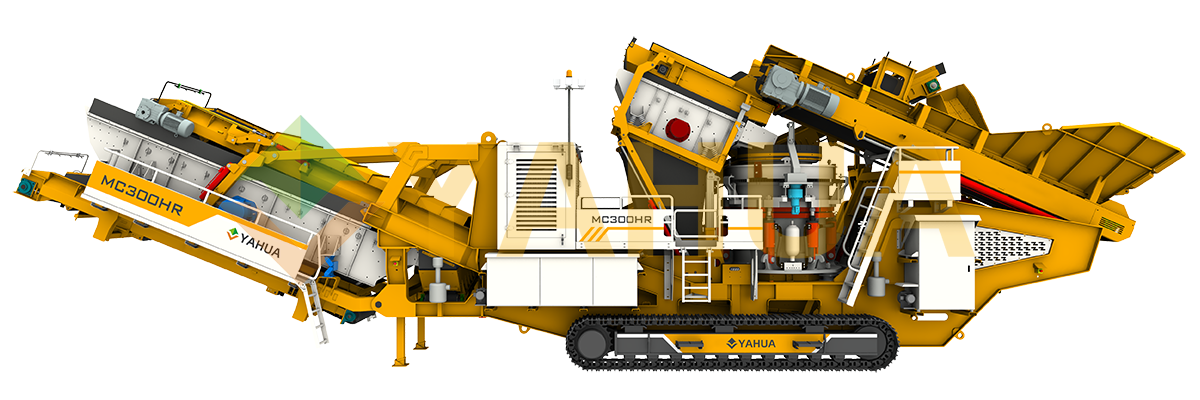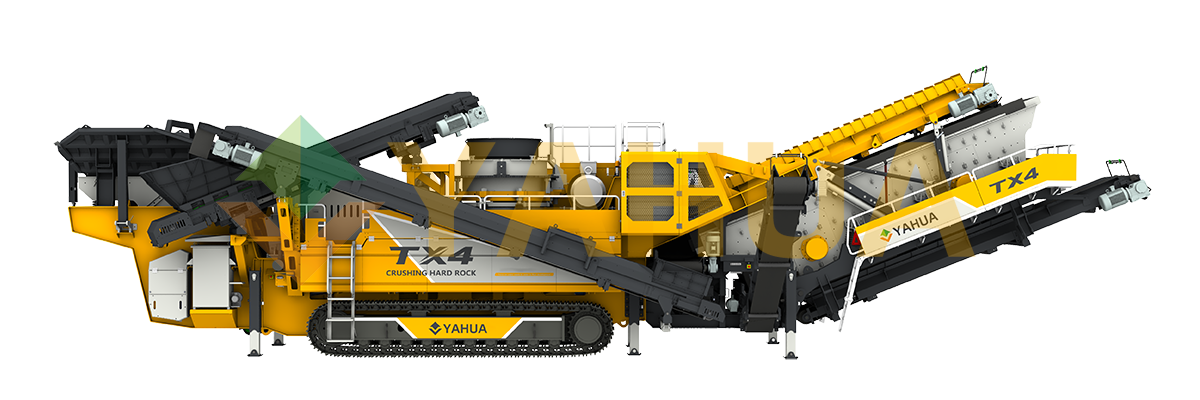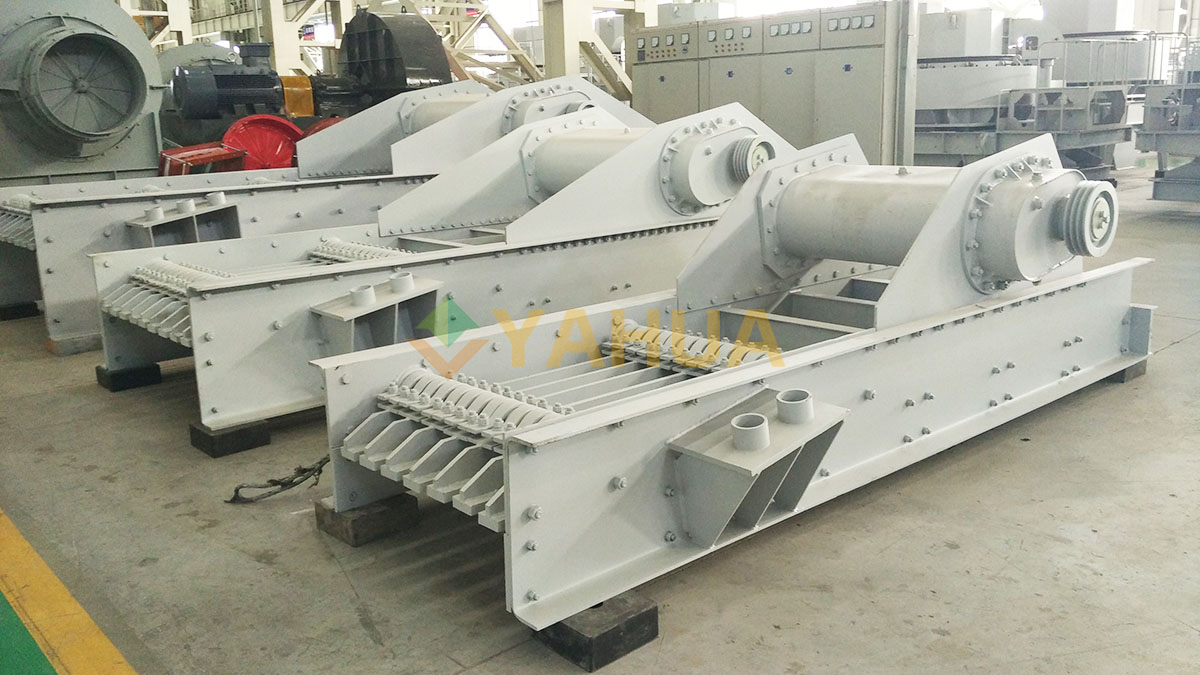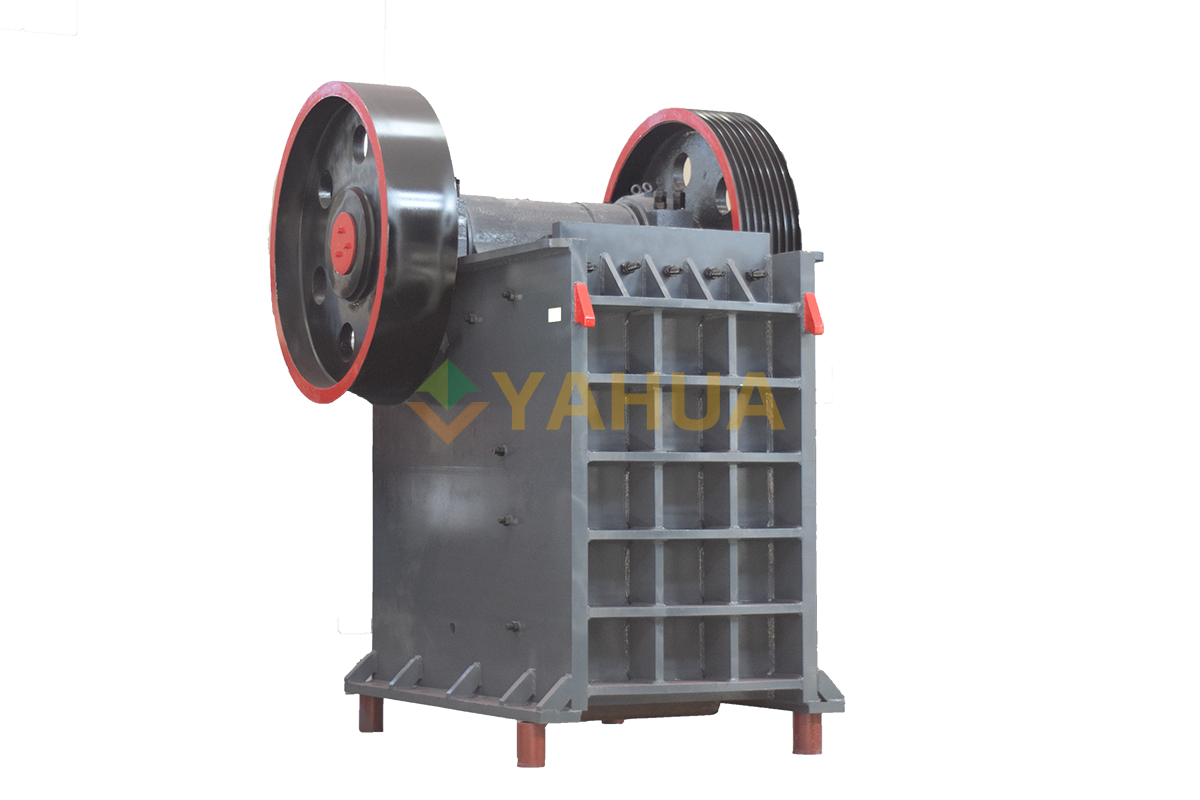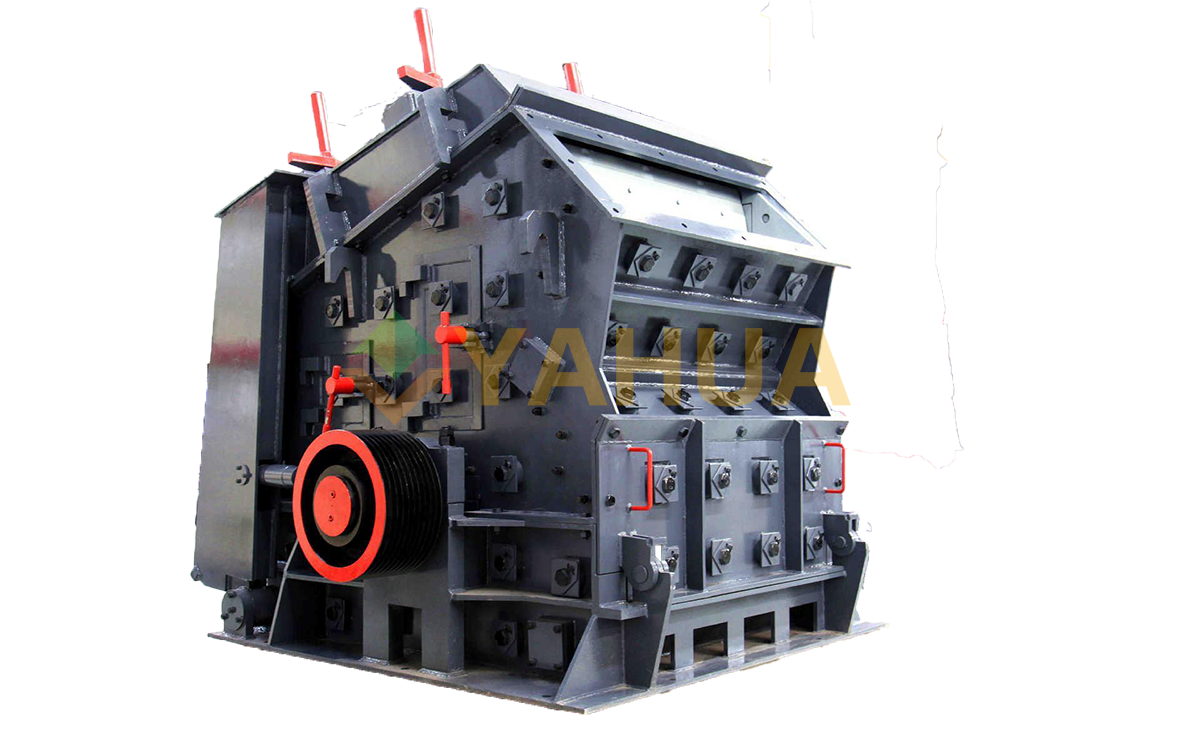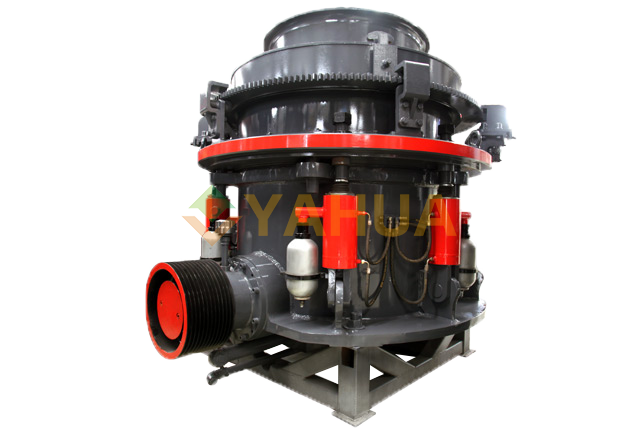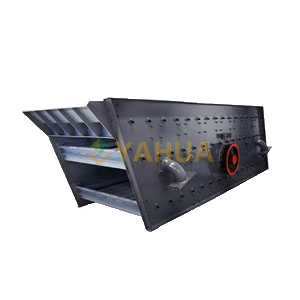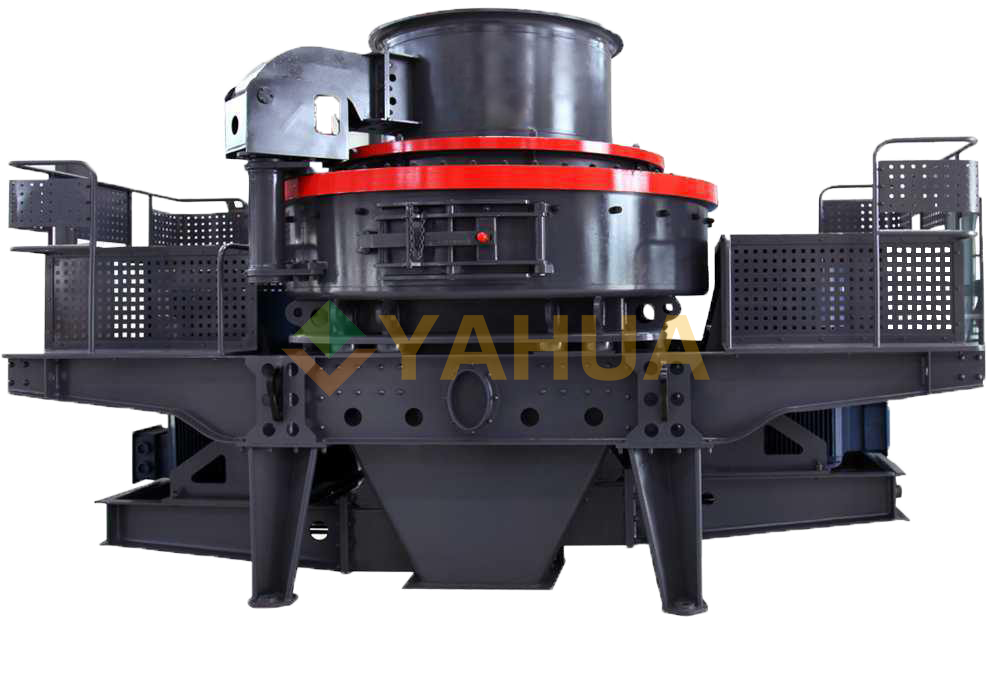Belt conveyors have strong conveying capacity, long conveying distance, simple structure, easy maintenance, and can be easily programmed and automatically operated. The continuous or intermittent movement of powdered and granular items using conveyor belts is fast, stable, low-noise, and can be transported up and down slopes.
Application:
Mining, metallurgy, coal and other sectors
Adaptable materials
It is suitable for conveying powdery, granular, small-block, low-abrasive materials and bagged materials with a bulk density of less than 1.67/ton/cubic meter, which are easy to take out, such as coal, gravel, sand, cement, fertilizer, grain, etc.
Features:
1. Reliable operation
Belt conveyors are used in many important production units that need to operate continuously, such as coal transportation in power plants, bulk material transportation in steel plants and cement plants, and ship loading and unloading in ports. If the machine stops in these occasions, the loss is huge. If necessary, the belt conveyor can work continuously in shifts.
2. Low power consumption
Since there is almost no relative movement between the material and the conveyor belt, not only the running resistance is small (about 1/3-1/5 of the scraper conveyor), but also the wear and breakage of the cargo are small, and the productivity is high. All of these are conducive to reducing production costs
3. The conveying line is highly adaptable and flexible
The line length depends on the needs. It can be as short as a few meters and as long as more than 10km. It can be installed in a small tunnel or erected above the ground traffic chaos and dangerous areas.
Working Principle:
The belt conveyor is mainly composed of two end rollers and a closed conveyor belt tightly sleeved thereon. The roller that drives the conveyor belt to rotate is called the drive roller (transmission roller); the other roller that only changes the direction of movement of the conveyor belt is called the redirection roller. The drive roller is driven by an electric motor through a reducer, and the conveyor belt is dragged by the friction between the drive roller and the conveyor belt. The drive roller is generally installed at the discharge end to increase the traction force and facilitate dragging. The material is fed from the feeding end, falls on the rotating conveyor belt, and is transported to the discharge end by the friction of the conveyor belt.
